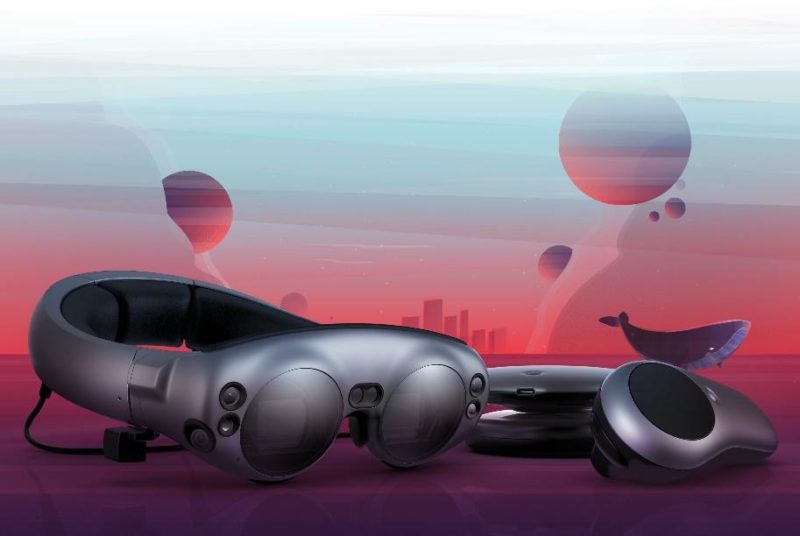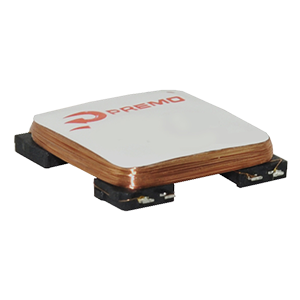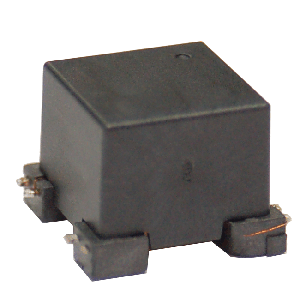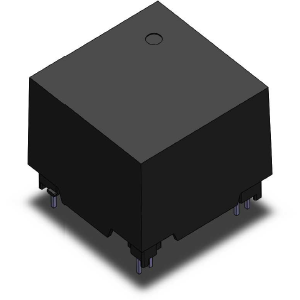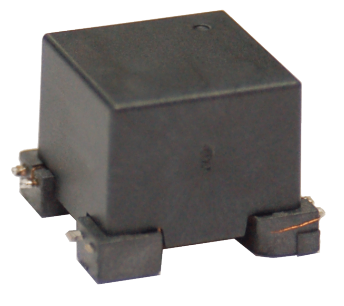Head-mounted displays (HMD), headsets and virtual reality (VR) glasses are devices which enable the user to get immersed in a virtual world, which is projected in front of his/her eyes. Current technology lies far away are those devices that emerged at the end of the 90’s, as the Forte VFX1 developed by Forte Technologies and released around 1995, or the Glasstron, developed by Sony and released around 1996.
The addition of VR to many all areas of our lives, the need to develop more convenient, easy to wear and affordable devices for personal applications has been increased in recent years.
Also, the emergence of Augmented Reality (AR) technology, where the user can see virtual elements in his/her real surrounding environment using a device with a camera and a screen, and its potential uses from education to entertainment, has driven the search of new HMDs able to simplify the use of AR and “wear” it anywhere.
Nowadays, we have a wide variety of devices available in the market, with multiple features, prices and purposes.
In this article we would like to review the most significant HMD devices which can be used for VR and AR.
The main feature of VR glasses is their capability to immerse the user in a completely different world, a virtual surrounding. The screen shows a synthetic environment and, by using stereoscopic technologies, the user can perceive that it’s completely real. Also, if the setting used has any motion tracking, it will be possible for the user to move inside the environment using our real movement.
These glasses include a wide variety of devices, which differ according to their performance and prices. Let’s review some representative examples.
Google Cardboard
Google Cardboard is a kit developed to create cheap and easy-to-use headsets made with cardboard. You only need the visor kit and your mobile phone to get a simple VR experience.
There is a wide variety of Google Cardboards, from simple to feature-rich versions with funny styles. Their prices range from €5 to around €61 for a plastic version.
It is very easy to assemble, so in a short time you can have an exciting experience using your mobile. The smartphone is placed into a compartment and then attached to the glasses to operate as a viewer screen. You also need a VR application installed in your mobile or a 360-degrees video to feel immersed in it. The cheapest version of these glasses does not have any strap to fix the device to the user’s head, so it is necessary to use one hand to hold it right. Not all the mobile devices can be used to get this VR experience. Check the product webpage to know better about the specs of the required smartphone.
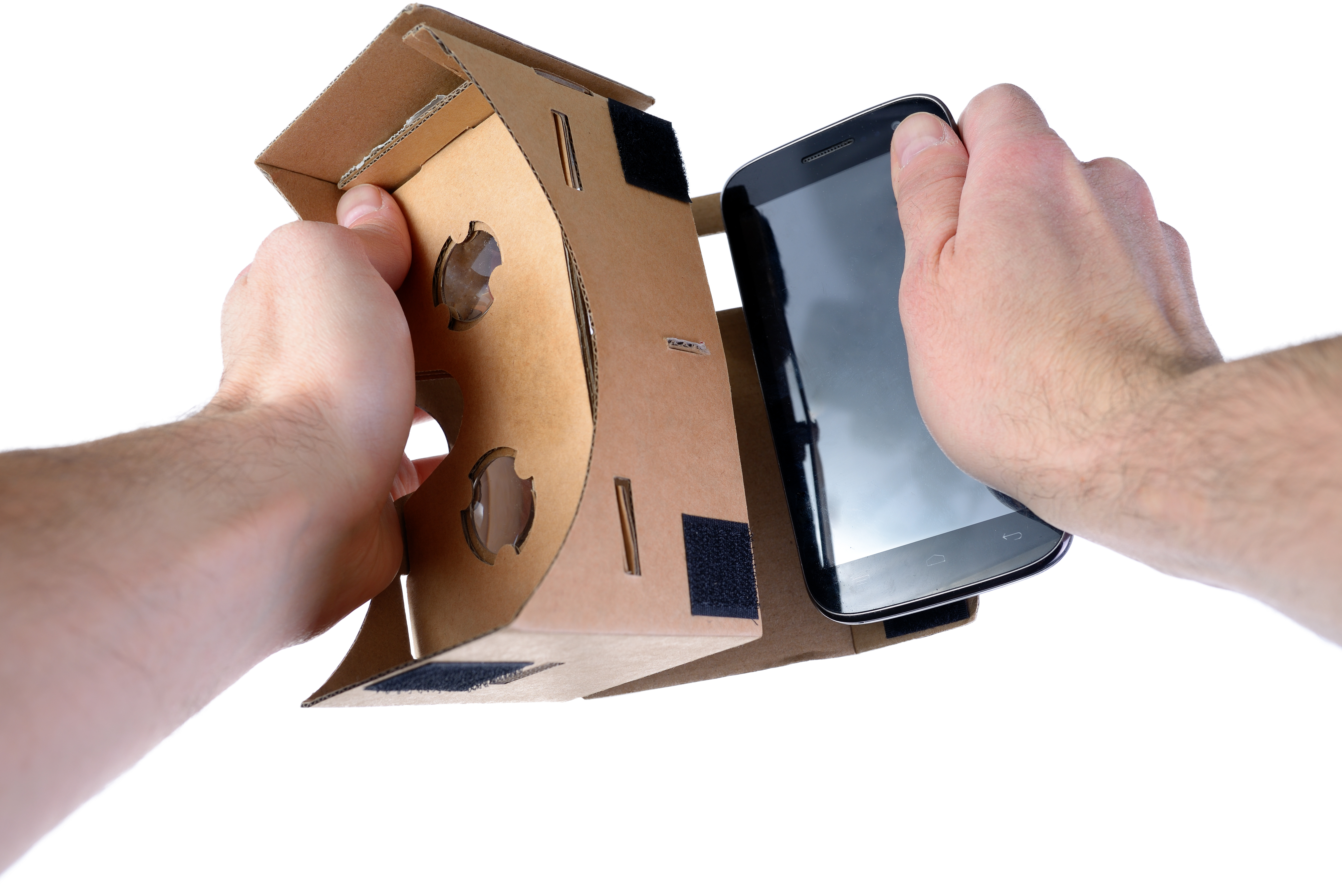
Samsung Gear VR
This headset is based on the use of a smartphone as a screen inside the glasses – like the Google Cardboard glasses mentioned earlier. However, the user experience is better.
(image from Samsung Gear VR webpage).
The kit offered includes a headset with a compartment for the smartphone, a strap that allows to fit comfortably the glasses to the face, and a controller to interact and move inside the environment.
(Image from Samsung Gear VR webpage)
In this case, not all smartphones are compatible with this device. The Samsung webpage offers a complete list of mobile phones that can be used inside this headset – all of them are Samsung smartphones.
The price for the latest version is around $129.
HTC VIVE
It is one of the most used VR headsets due to its quality, immersion level and interactivity. In this case, this HMD has its own screen and it is connected to the computer to play the application and get the virtual information shown in the screen.
(Image from Vive webpage)
There are several versions of this device – Vive, Vive Pro, Vive Pro full kit – with prices starting from around $680. It is a wired device, connected to the computer, but it is possible to convert it into a wireless one by means of a special kit sold by the manufacturer.
One of the most important features of this device is its very good tracking of the user’s position and orientation, so the immersion feeling is very strong. This is done by multiple laser infrared sensors distributed along the tracking area, that use a laser positioning technology to follow correctly the position and orientation of the user wearing the HTC Vive glasses. In other HMDs, user motion is simulated by using a controller that the user operates and moves when he/she wants to move (not using his/her own body motion in the space) and in others, position and rotation tracking is very limited, allowing it only a little motion inside the environment. You can feel as if you were in the virtual scenario and move around it in a natural way.
FOVE
Fove is a special kind of HMD with a differentiating feature, since it includes eye tracking in the device with an accuracy of less than 1 degree. It is a wired device, connected to the computer and with a simple tracking position system – with a very reduced area of interaction.
(Image from FOVE webpage)
This device is connected to a computer where the application shown in the integrated screen is played. There is a developer kit available to enable eye tracking information while the user is looking to the environment to interact with the objects included in it with our eyes. It has a high potential in the research area, where its use can be very interesting for studies about users’ visualization and following patterns inside games or any other kind of applications. It has a price of around $599.
https://www.youtube.com/watch?v=acg0fljVxH4
If you need more information about these smart glasses, please check this article.
Oculus Rift
This headset is an alternative to the HTC Vive for VR environments. With a price of around $500, this device offers a complete set for immersive experience of visual and acoustic information.
(Image from Oculus)
Oculus Rift is a wired device, connected to a computer where the application or game must be played. The headset is customizable, light and convenient, and includes a surround sound that increases the immersion feeling. Just like the HTC Vive, the kit includes a pair of controllers to interact with the objects and interfaces provided by the application or the game. It is possible to control the user’s motion thanks to the Oculus sensors, which follow the infrared LEDs included in the Oculus glasses using infrared active optical technology. For a 360-degree user tracking, the setting will need at least three sensors to cover completely the area of motion, as the two-sensors setting is experimental for a full motion tracking.
In addition to these devices, there a wide range of VR headsets supplied by several manufacturers, such as PlayStation, Homido, Google, Lenovo and more. In this article we selected the most representative ones and the most used depending on our budget and our needs.
In the Augmented Reality (AR) area, there is an important effort to get specific devices with the potential of VR, with the special features added that enable the real world to be seen augmented and with virtual information in real time. Some devices combine the real image provided by a camera with virtual images by means of a software application, and the resulting combination is shown to the user through the device’s screen. In other versions, the real image is directly seen with the device glasses and augmented using holograms projected on the glasses lenses.
Holokit
Holokit is considered a low-cost open source mixed reality smart glasses option for everyone. It’s like the Google Cardboard, but oriented to get mixed reality experiences using this cardboard set and your smartphone.
(Image form HoloKit webpage)
It has a price of around $35 which makes it affordable for everyone. Before buying it, it is important to check whether supported smartphones fit correctly in this device.
The technology used by these glasses is a combination of real view, mirrors and virtual images shown on top of the real world as holograms. The user sees the real world directly using the glasses, and the virtual objects are projected on top of the real world on a specific place. Other AR headsets mix the virtual and real world provided by a smartphone camera, for example, through software and finally use the glasses lenses to show the resulting visual information to the user.
It is an open source device and can be used with iOS, Android and Tango Phone.
https://www.youtube.com/watch?v=Imy8vwO-4mo
Magic Leap
The Magic Leap headset is a new device developed with funds provided different companies, with the idea of revolutionizing devices used to offer AR experiences.
(Image from Magic Leap webpage)
This device is a light kit consisting of the headset, a controller and a light wear high performance GPU and CPU that clips onto your pocket. For this device, the manufacturer created a complete Operating System, LuminOS, to improve the results using the glasses. Magic Leap is a complete set with computer vision to allow the integration of virtual objects in a natural way, spatial audio, allowing to feel the sound as it was real, and natural adaptability to the user, including – currently in development – the chance to insert specific lenses based on the user’s personalized prescription for eyeglasses. It has a price of around $2,295.
There are several opinions about this AR smart glasses, some disappointed and others with some expectative. How will this device evolve?
https://www.youtube.com/watch?v=K5246156rcQ
Hololens
Hololens is the AR headset proposal from Microsoft. It is a compact design that includes glasses, audio, sensors and processor in the same device.
(Image from Microsoft webpage)
This headset is based on the addition of real vision to the glasses, holograms with virtual information that enhances the real world. The user can interact also in a natural way with these holograms using gaze, gestures and his/her voice. Head motion allows the cursor to be controlled to select holograms, and by using simple gestures it is possible to open or close menus, select or change the virtual elements size, and voice commands enable to browse, select, open and control elements inside the application. This feature is based on the well-known Cortana included in the latest version of the Microsoft’s operating system (Windows 10). It is the most expensive device included in this review, with a price of around $5,500.
The technology is constantly evolving and provides sophisticated, increasingly complex devices. However, at the same time prices are being reduced so their traditional specific environments are extended with homes so all users can enjoy new technologies.













